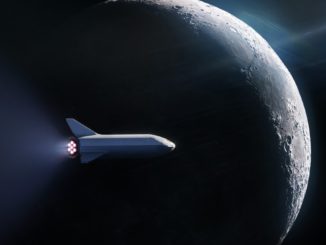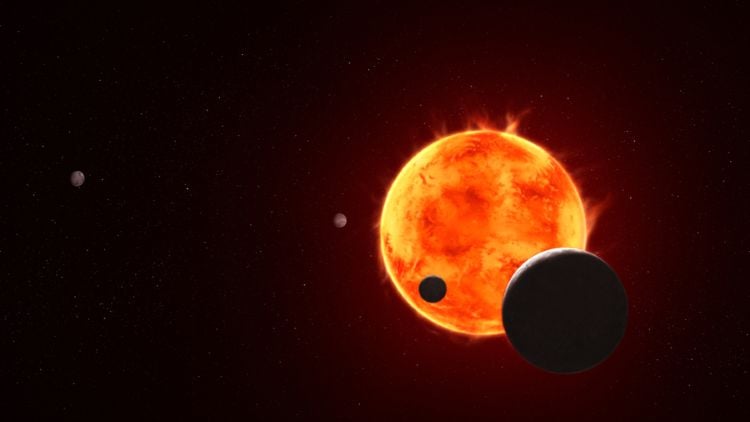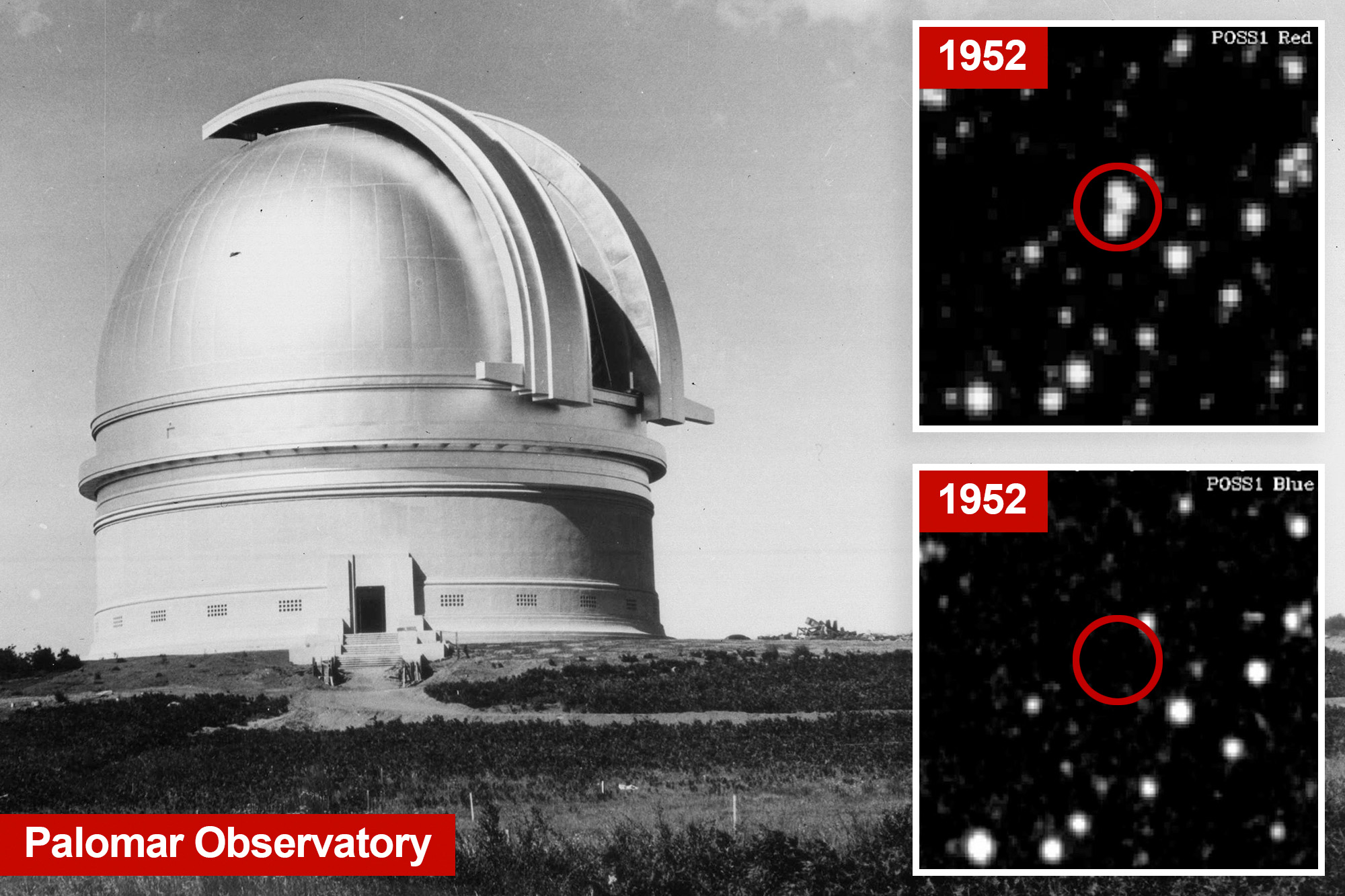SpaceX successfully launched its Bandwagon-4 mission early on November 2, 2025, from Cape Canaveral Space Force Station in Florida. The mission featured a variety of innovative payloads, including a demonstration for a commercial space station and advanced artificial intelligence-powered satellites. This flight marked SpaceX’s 18th mission as part of its small satellite ride share program.
The liftoff occurred at 1:09 a.m. EDT (0509 UTC) from Launch Complex 40. According to the 45th Weather Squadron, there was a 95 percent chance of favorable conditions, with minimal risk from cumulus clouds. The Falcon 9 rocket utilized the first stage booster B1091, which has a history of launching satellites for Amazon’s Project Kuiper. Following its ascent, B1091 successfully touched down at Landing Zone 2, marking the 15th landing at that site and the 528th overall for Falcon 9 boosters.
Innovative Payloads on Board
The primary payload, positioned at the top of the stack, was the fifth satellite in the Korea 425 Project, developed by the South Korean Agency for Defense Development (ADD). This satellite, which plays a crucial role in military reconnaissance, is part of a larger constellation intended for national security purposes. Due to the sensitivity of these military assets, SpaceX concluded its live launch coverage prior to payload deployment, a standard practice for such missions.
Among the notable payloads was the Haven Demo from Vast, a California-based company. This testbed is designed to evaluate systems such as navigation software and propulsion for Vast’s upcoming commercial space station, Haven-1. The company plans to launch Haven-1 no earlier than May 2026, with a crew of four astronauts set for a two-week mission. The Haven Demo has completed construction and is now undergoing final integration for launch.
Another significant payload was Starcloud-1, developed by a startup backed by Nvidia and other notable investors. This 60 kg satellite is equipped with the Nvidia H100 GPU, described as the first data center-class graphics processing unit sent to space. Philip Johnston, co-founder and CEO of Starcloud, emphasized the environmental advantages of space-based data centers, claiming they can be ten times cheaper to operate than terrestrial equivalents while reducing carbon emissions significantly.
International Collaboration and Future Prospects
The mission also included contributions from a range of international partners. Germany’s Exolaunch was responsible for manifesting and deploying 13 of the 18 payloads onboard, which included a trio of synthetic aperture radar satellites from ICEYE. Additionally, Turkish company Fergani Space launched its second satellite, FGN-100-D2, as part of its ambitious Positioning Satellite Constellation Project.
Tomorrow Companies Inc. contributed two artificial intelligence-driven weather satellites to the mission, showcasing the growing trend of utilizing AI in various sectors. The diverse array of payloads signifies an increasing interest in commercial space ventures and the potential for innovative applications in satellite technology.
As the space industry continues to evolve, missions like Bandwagon-4 pave the way for advancements in both commercial space travel and satellite applications. The successful launch not only highlights SpaceX’s capabilities but also the collaborative efforts of various organizations pushing the boundaries of space exploration.







